A journey into the magic of the darkroom with Bogusz Jan Szulc
At the university, I was the only student interested in analog photography, and I had the darkroom to myself. I used it intensively, developing films and making prints.
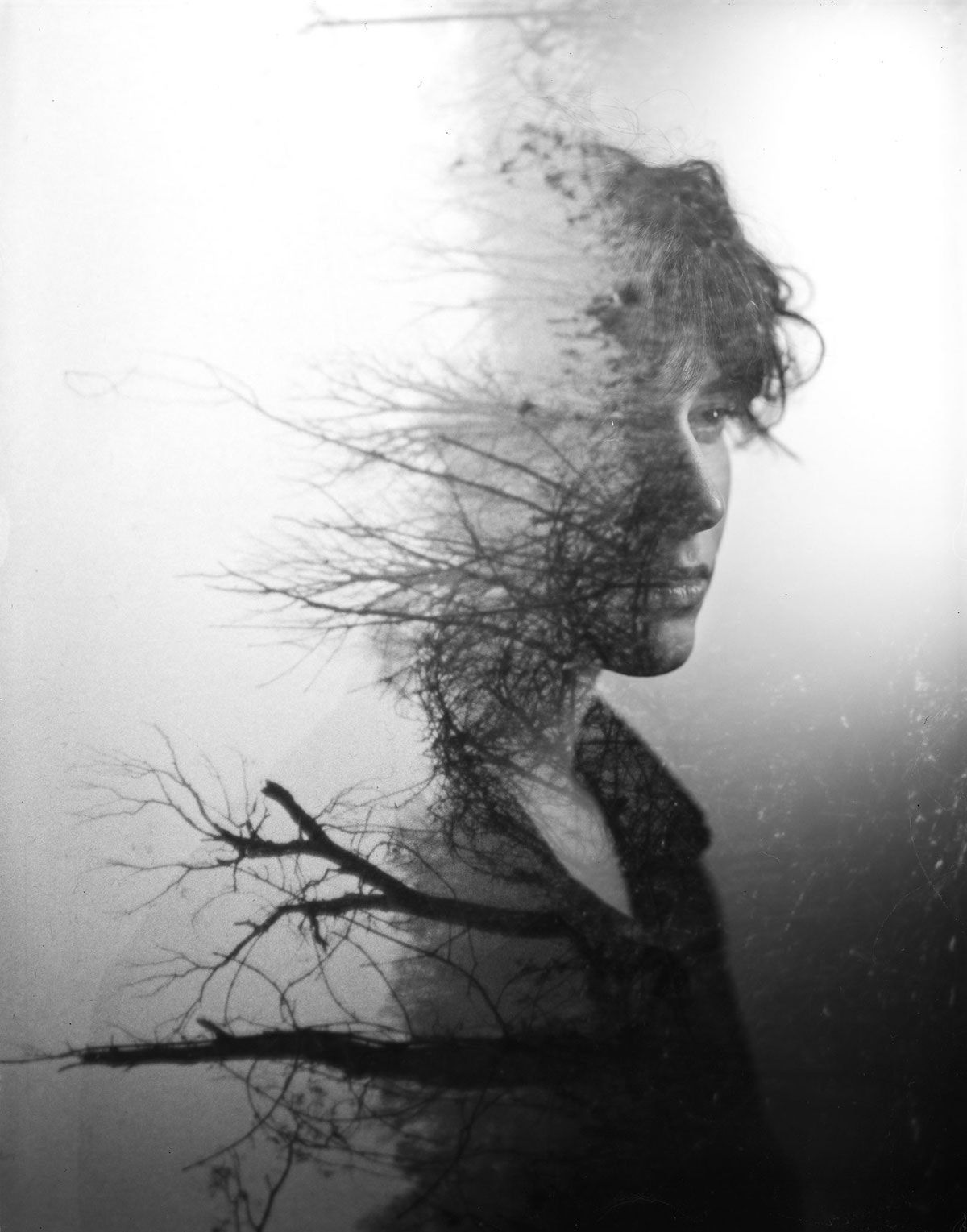
Tell us about yourself
My name is Bogusz Jan Szulc, both of my parents are painters, so to a certain extent, I was always destined for a career in the arts. However, as there was no photographer in my family, I had to forge my own path in this field.
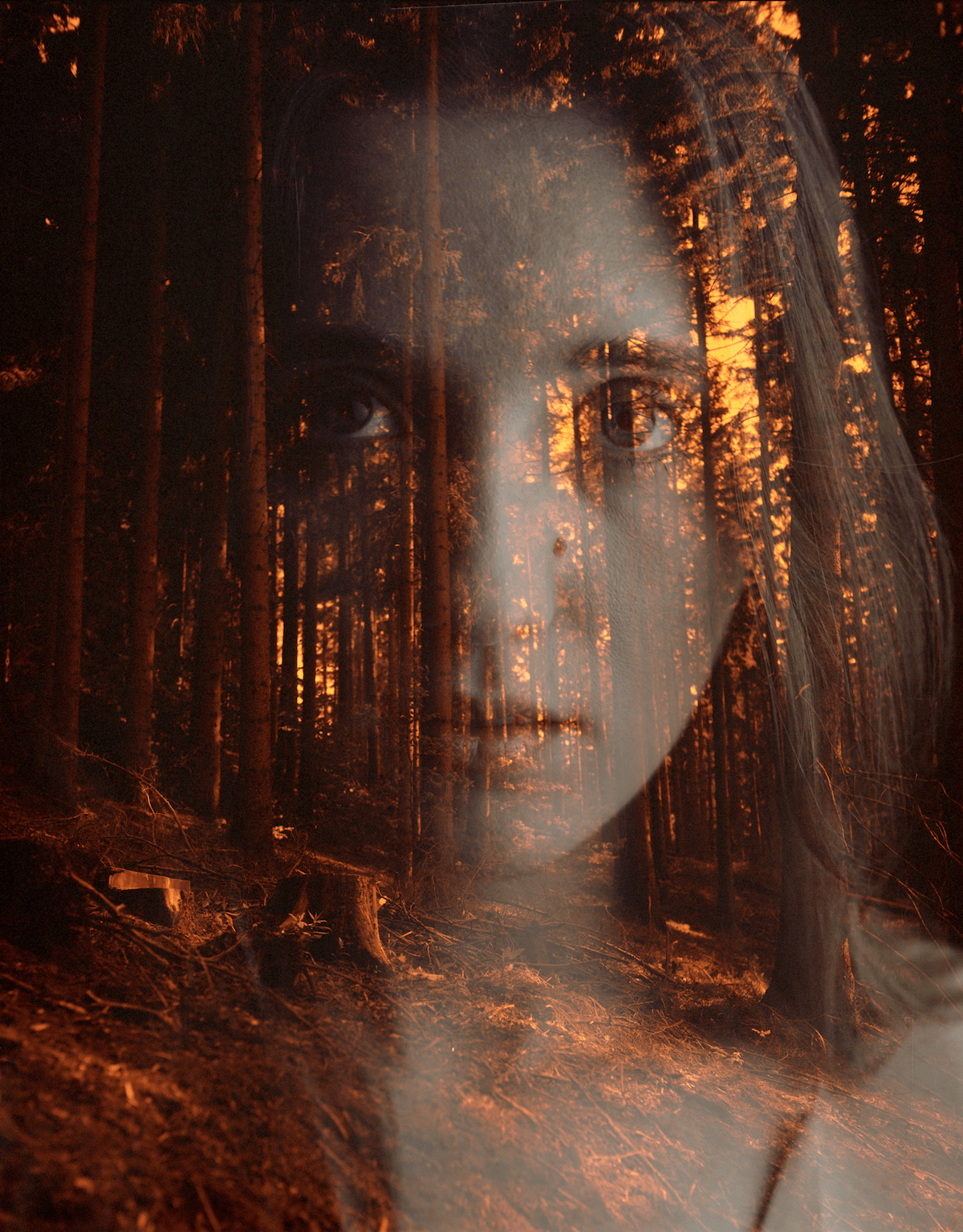
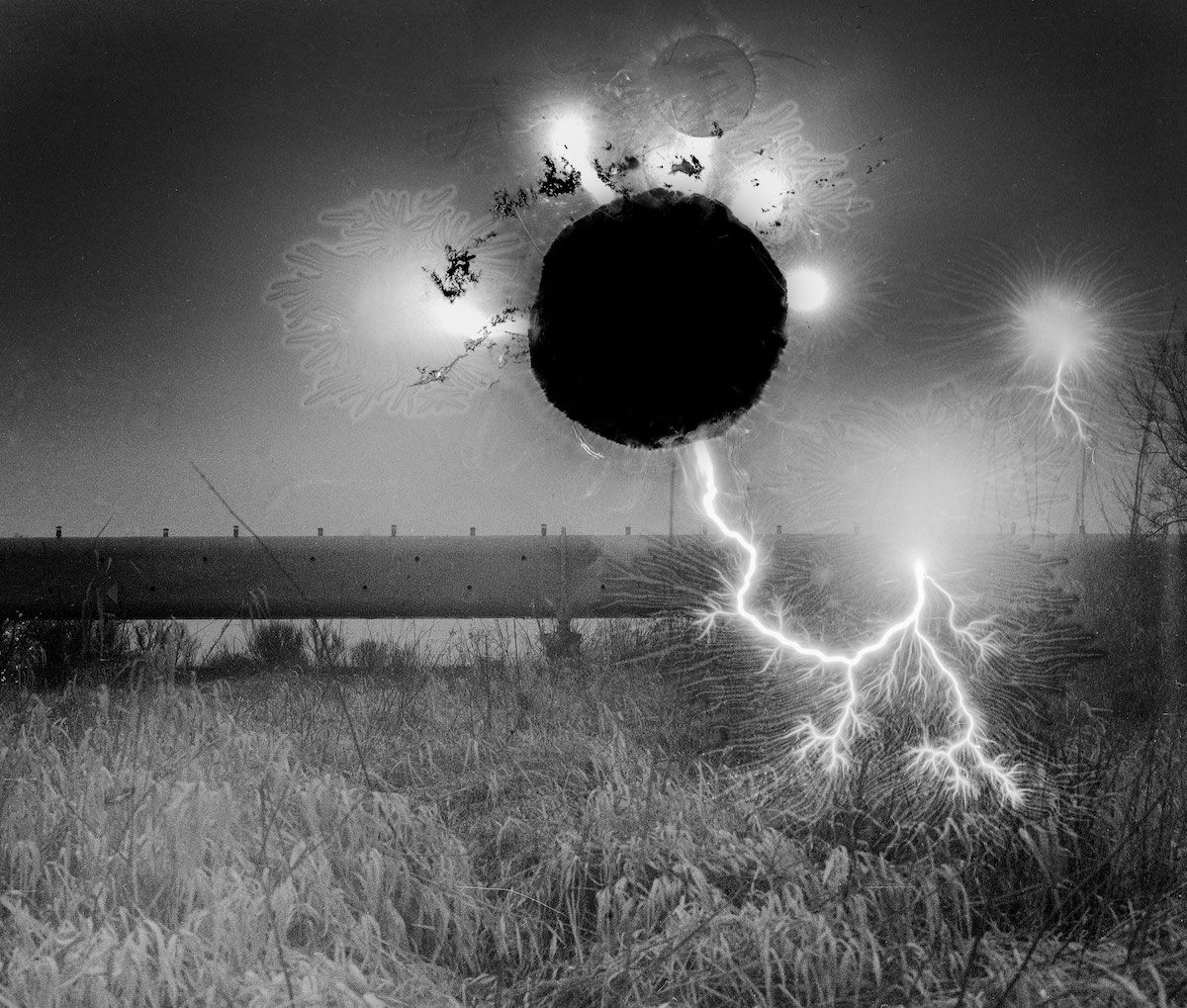
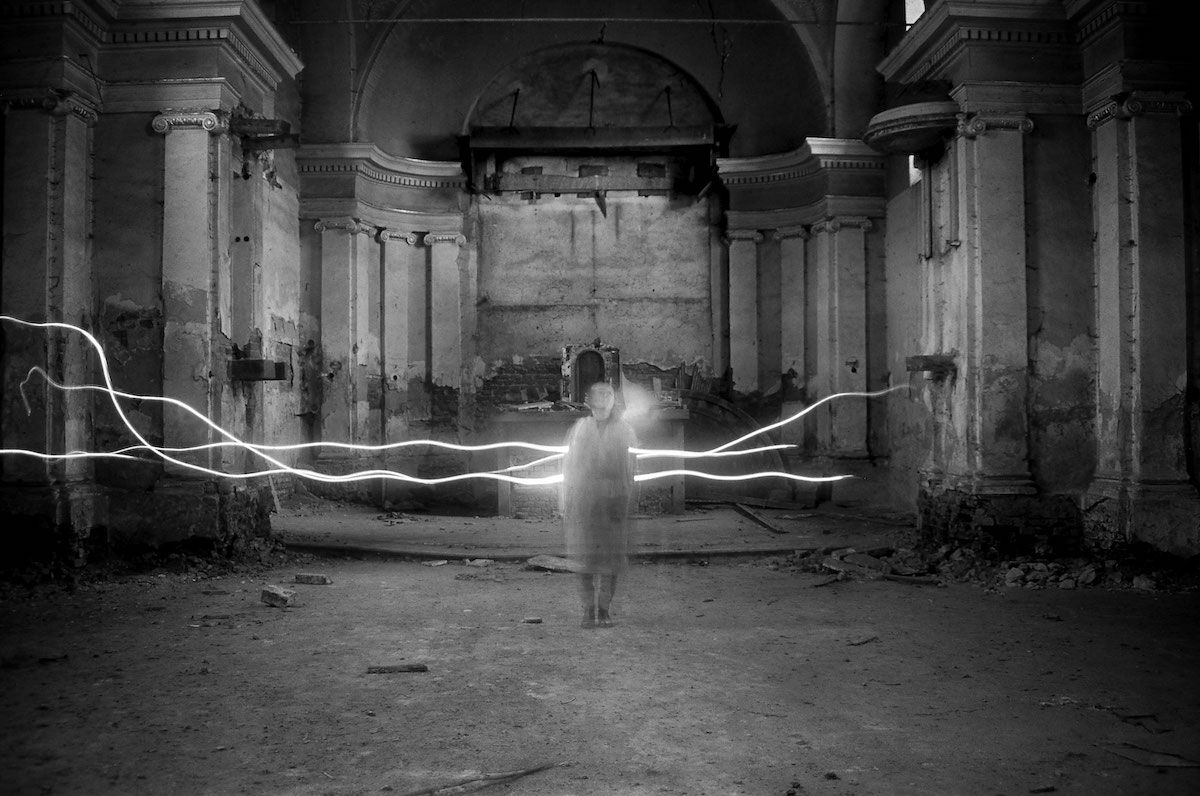

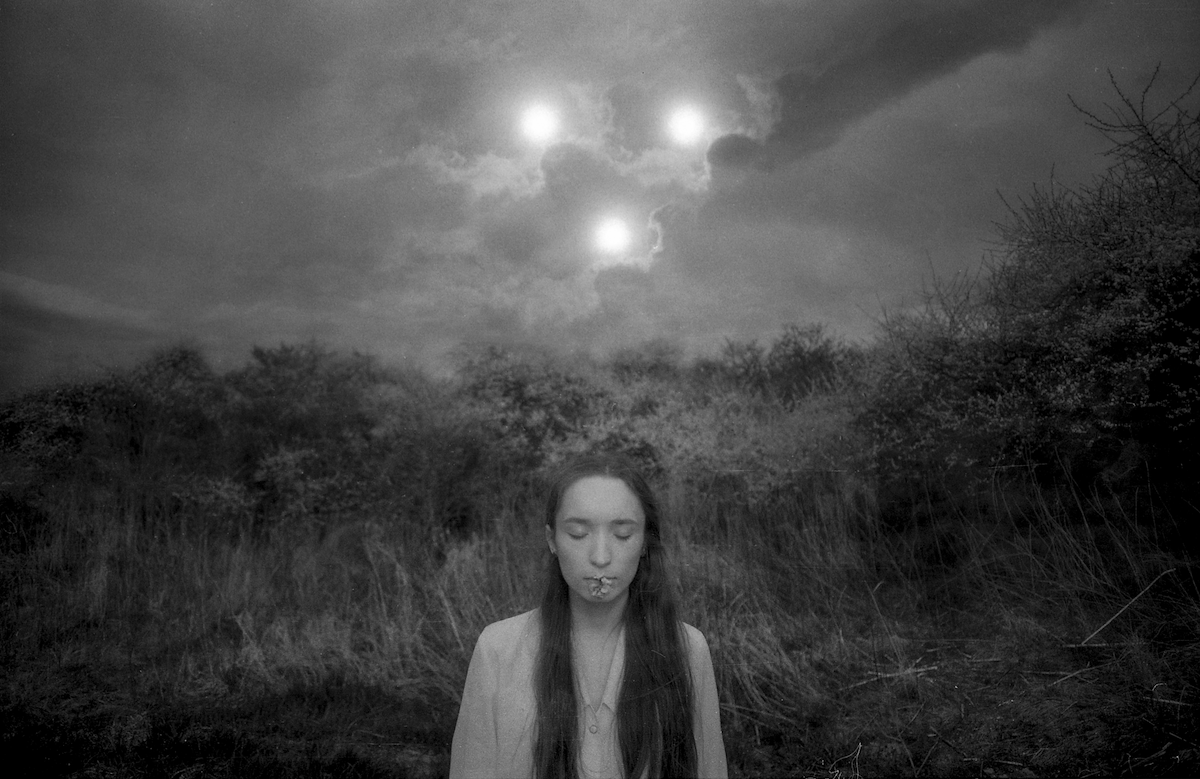
What first interested you in film photography? What was the journey like for you?
I was first introduced to film photography when I received a point and shoot film camera for my 7th birthday. As a child, I often took my parents' Zenit 12XP camera to take pictures of my toys, which led to my parents buying me my own camera. I fell in love with film photography when I met a girl who was already a film photographer during my teenage years. Despite the shift towards digital photography at the time, I was drawn to the unique qualities and artistic potential of film. I began my journey as a film photographer when I started shooting with a Minolta SR-1 camera gifted to my father, which I brought with me on a trip with my girlfriend. My first roll was unsuccessful due to my mistake in loading the film, but I persevered and continued to experiment and learn with film.
I noticed you tend to develop the film yourself. How did you start doing it?
I was interested in developing films almost from the start, but I didn't know anyone who could show me how to do it. I found out that there was a guy in my city who developed and scanned films for other people, so I asked him if he would let me watch the process when he developed my rolls. He agreed, and I watched closely as he worked. At this point, I was already using a SONY DSLR camera, but I still shot film alongside it.
Less than a year later, I had made such great progress in photography that I decided to apply to the Photography Department at the University of Fine Arts in Poznań. The rolls I had developed with that guy were meant to be part of my portfolio, but unfortunately, his developing tank was damaged by his cat, causing light leaks in my photos. Despite this, my unique style caught the eye of the professors during the entry exams, and I was one of the 12 people they admitted.
At the university, I was the only student interested in analog photography, and I had the darkroom to myself. I used it intensively, developing films and making prints. I was also able to borrow the great Mamiya RB67 cameras from the university for an unlimited amount of time, as other students preferred to work with Canon 5D cameras.
A few years after entering film school and moving to another city, I couldn't find a good lab for developing my color films. So, I decided to learn to do it myself. In film school, my professors gave us various exercises on films, including color slides. I started developing films for my colleagues too, as I was the only person around who knew how to develop E6 films.
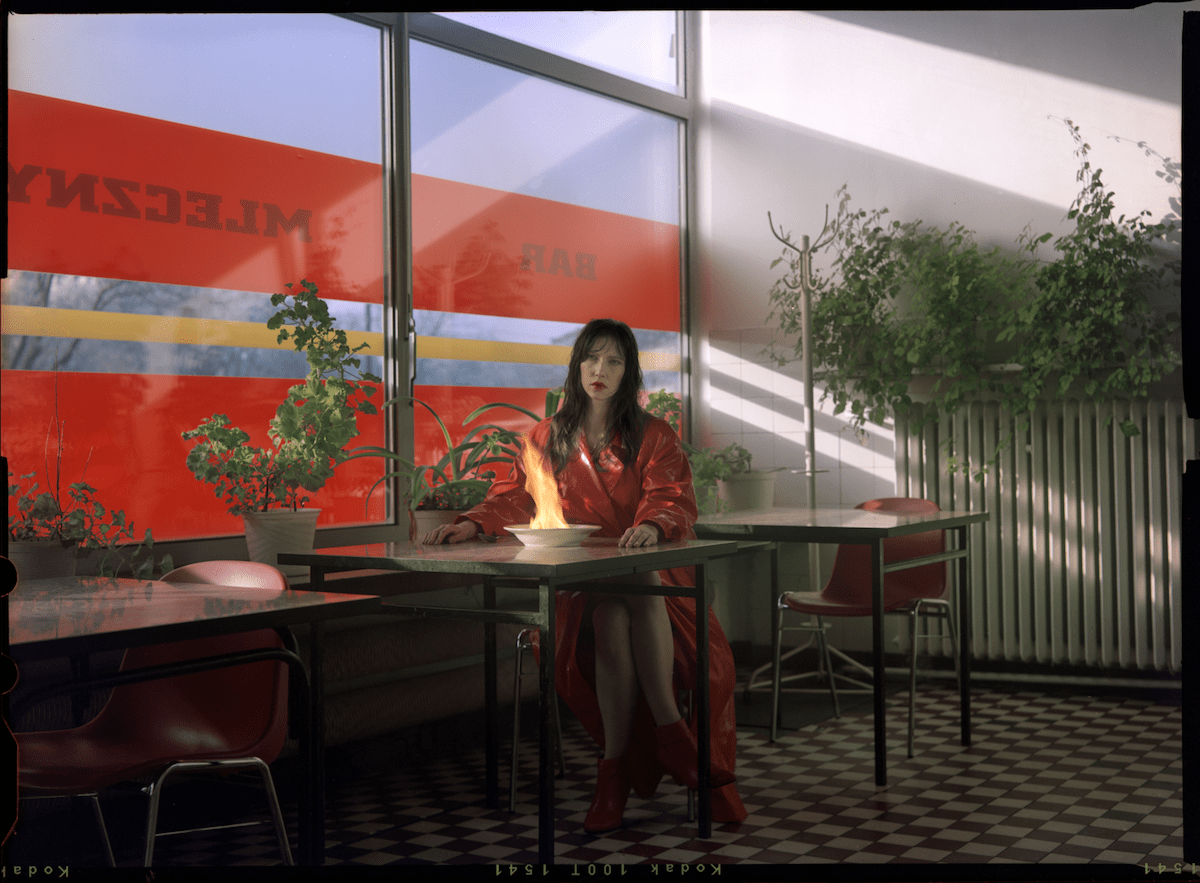
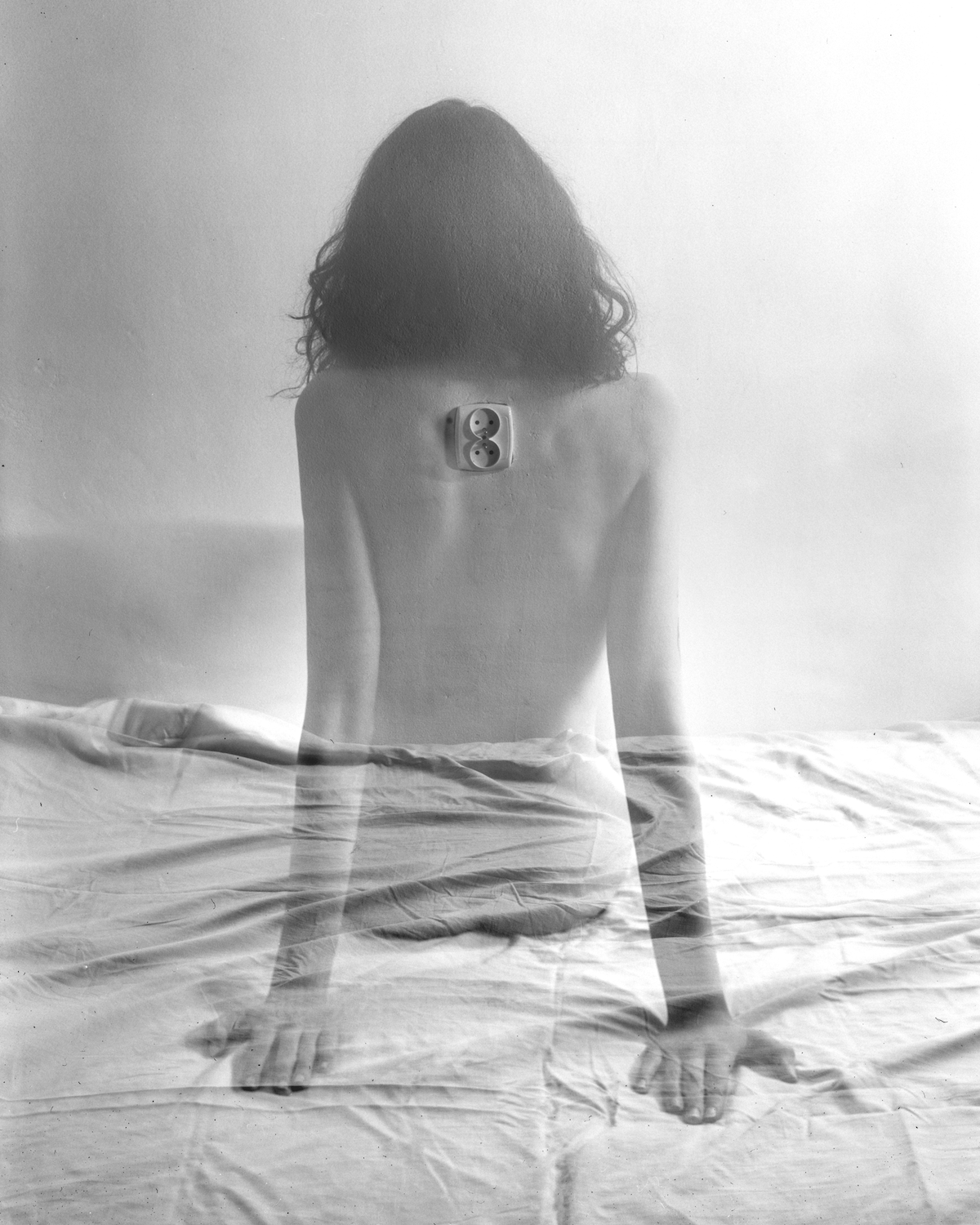
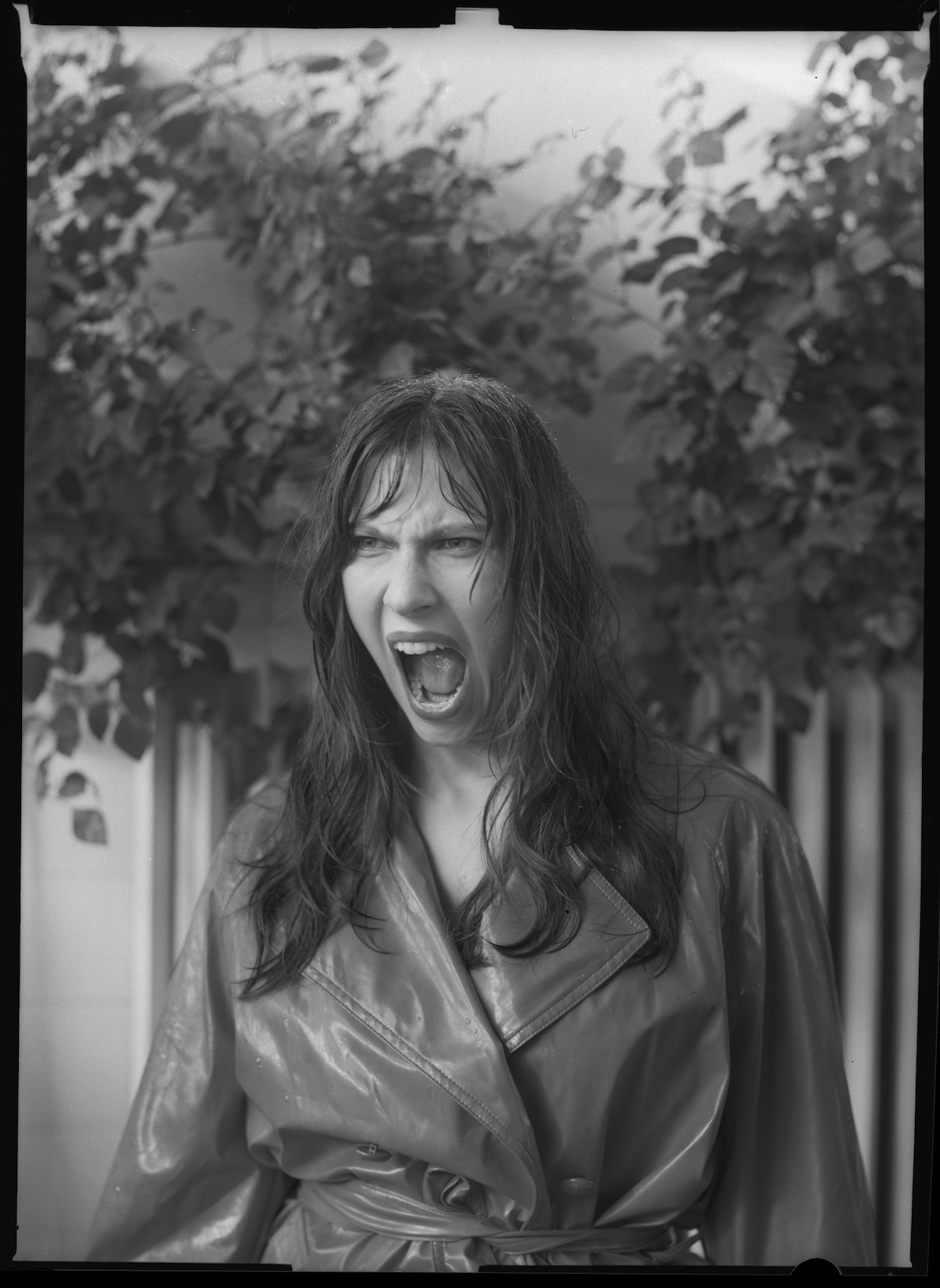
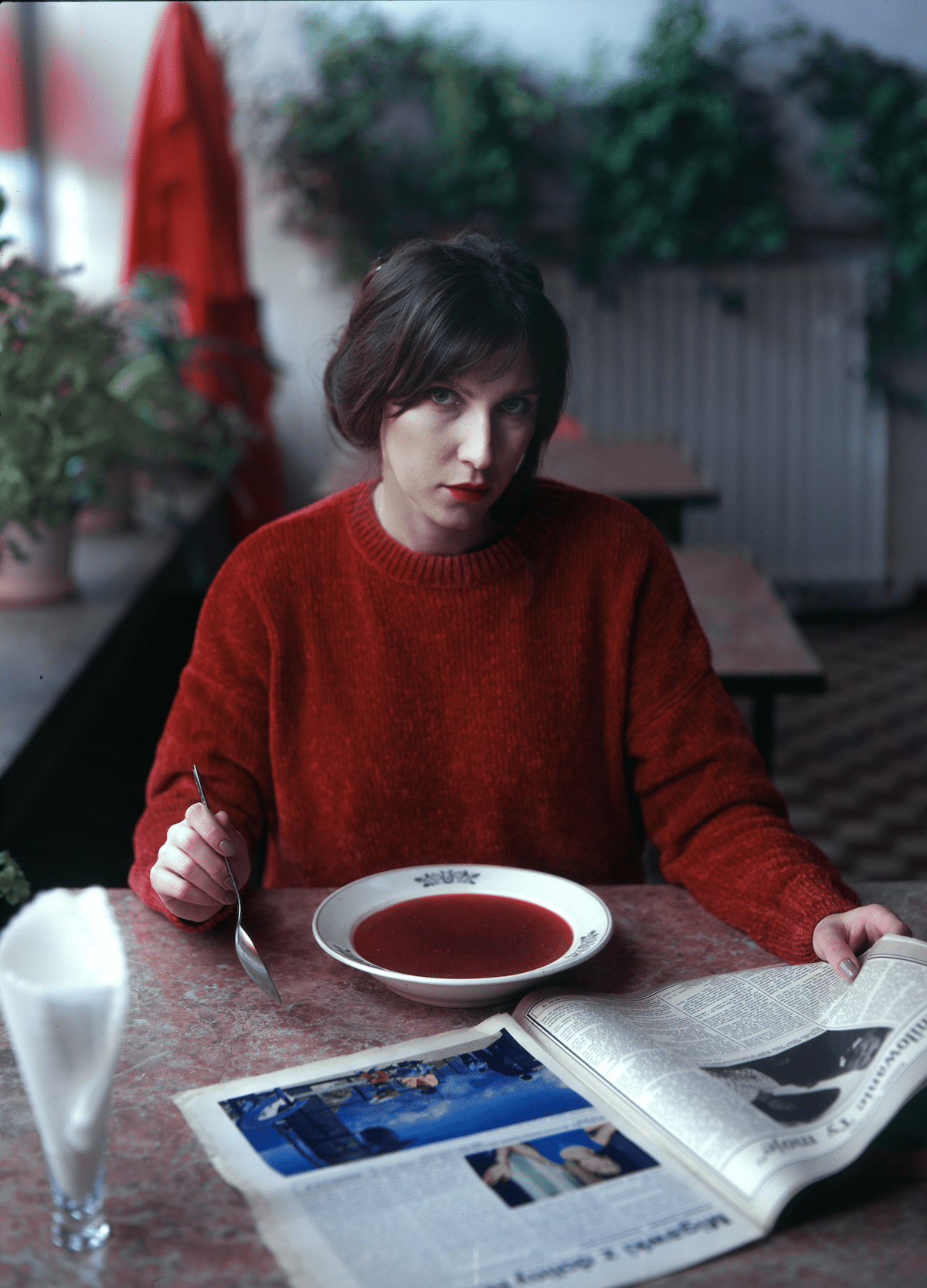
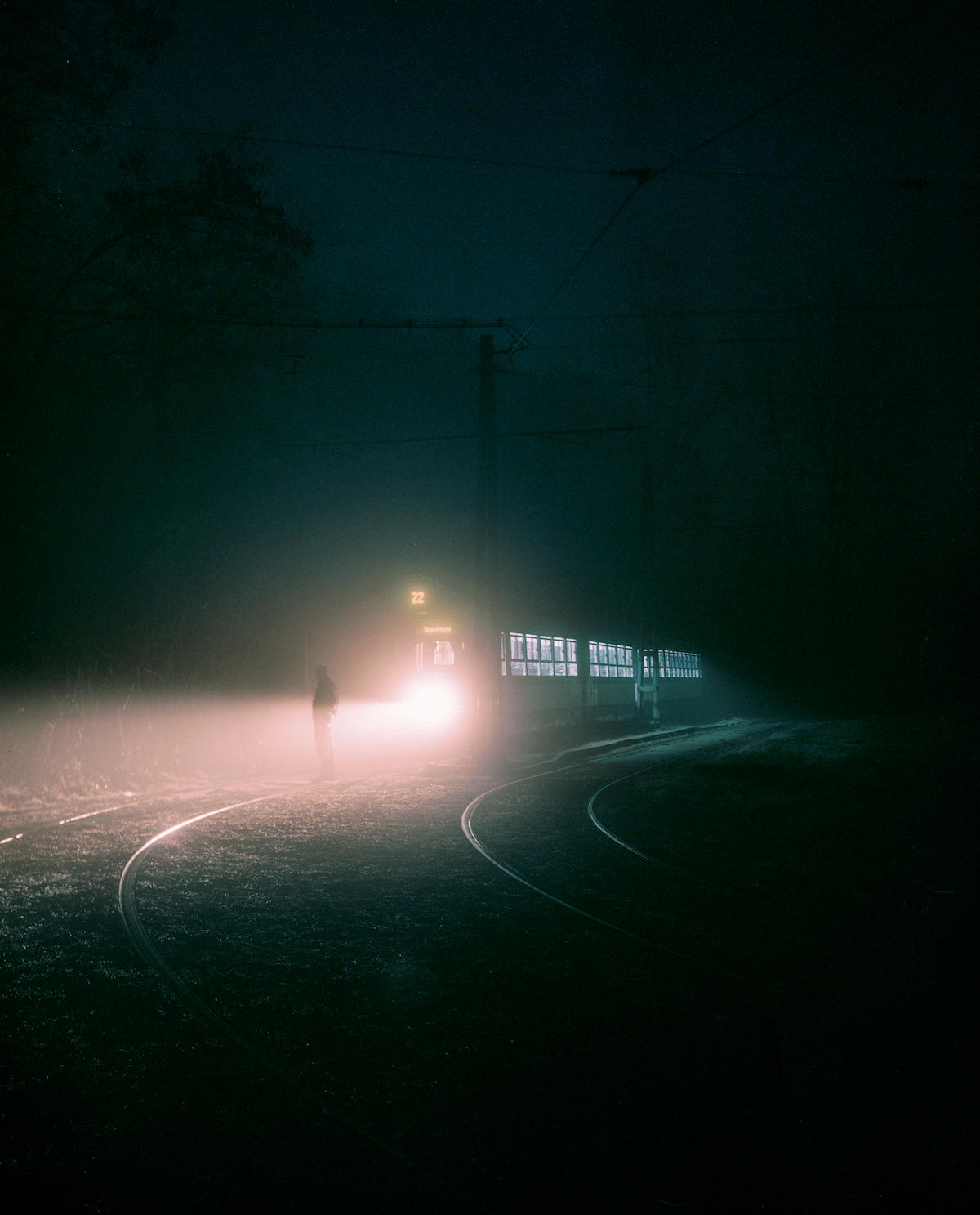
What elements do you focus on most when you’re shooting a frame?
When shooting a frame, I focus on several elements, most notably lighting and composition. I pay close attention to how the light falls on the subject and how it can be manipulated to create the desired effect. Additionally, I consider the elements within the frame, such as the subject, background, and surrounding elements, to create a balanced and aesthetically pleasing composition. Ultimately, every frame requires a unique approach and careful consideration of these elements to create a successful image.
Does your work as a cinematographer influence your photography? Are you aiming to create a cinematic look in your pictures?
Yes, my work as a cinematographer definitely influences my photography, as the principles of shaping light are transferable between the two arts. However, I don't aim to create a specific "cinematic look" in my pictures, as I believe that photography should stand on its own and not try to imitate another medium. Instead, I use my cinematography knowledge and experience to enhance my photography, but my focus remains on creating images that are unique and true to the medium of photography.
What do you look for when choosing your models when it comes to portrait photography?
When choosing models for portrait photography, I look for fresh faces, people I have a deeper connection with, and non-professional models. I find it more interesting to discover new faces rather than working with models who have already been photographed many times. However, I also enjoy working with actors, as they have the ability to express emotions precisely, which can be a valuable asset in my portraits. Additionally, I have control over other factors such as location, lighting, and camera settings, making the collaboration with actors an enjoyable experience.
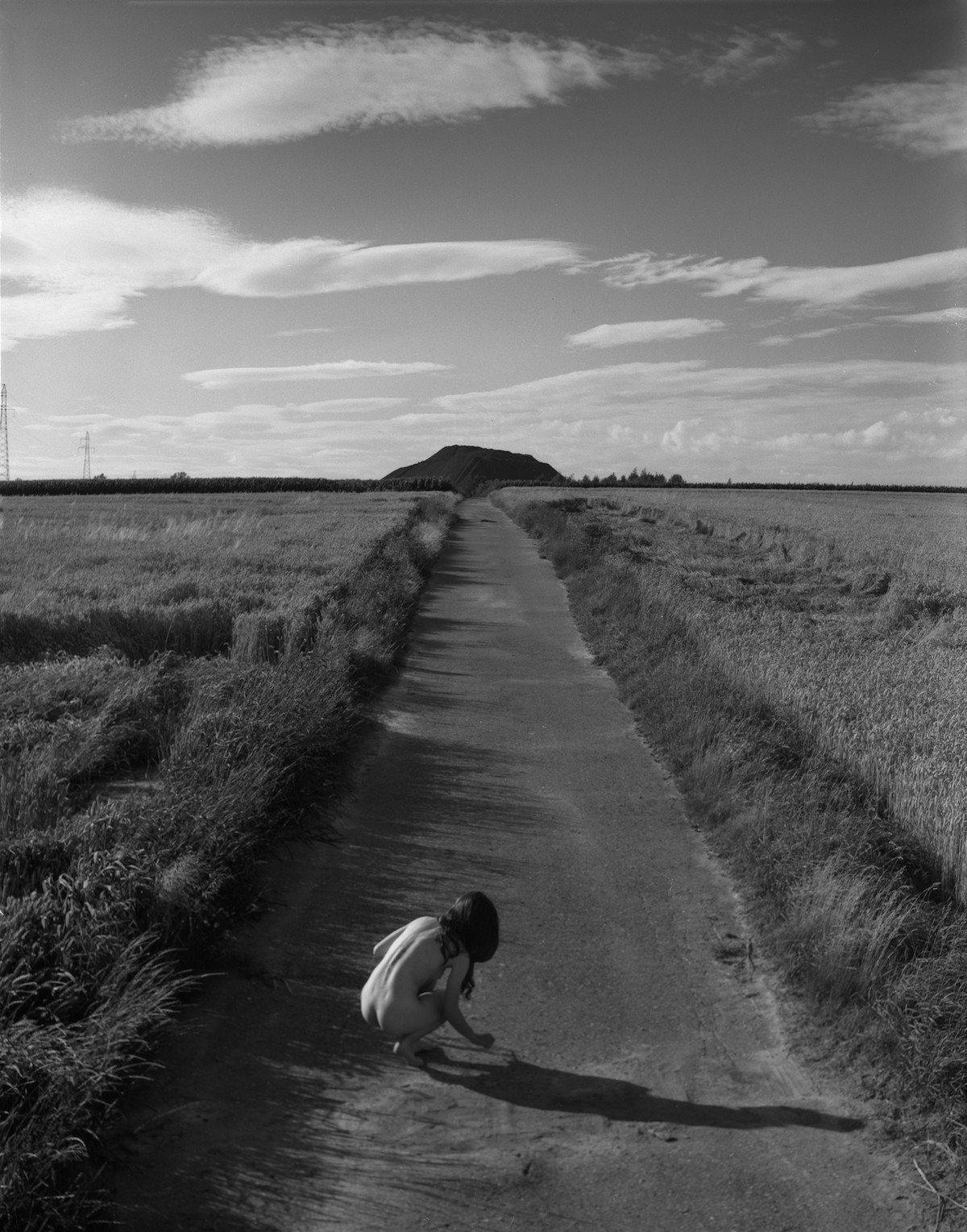
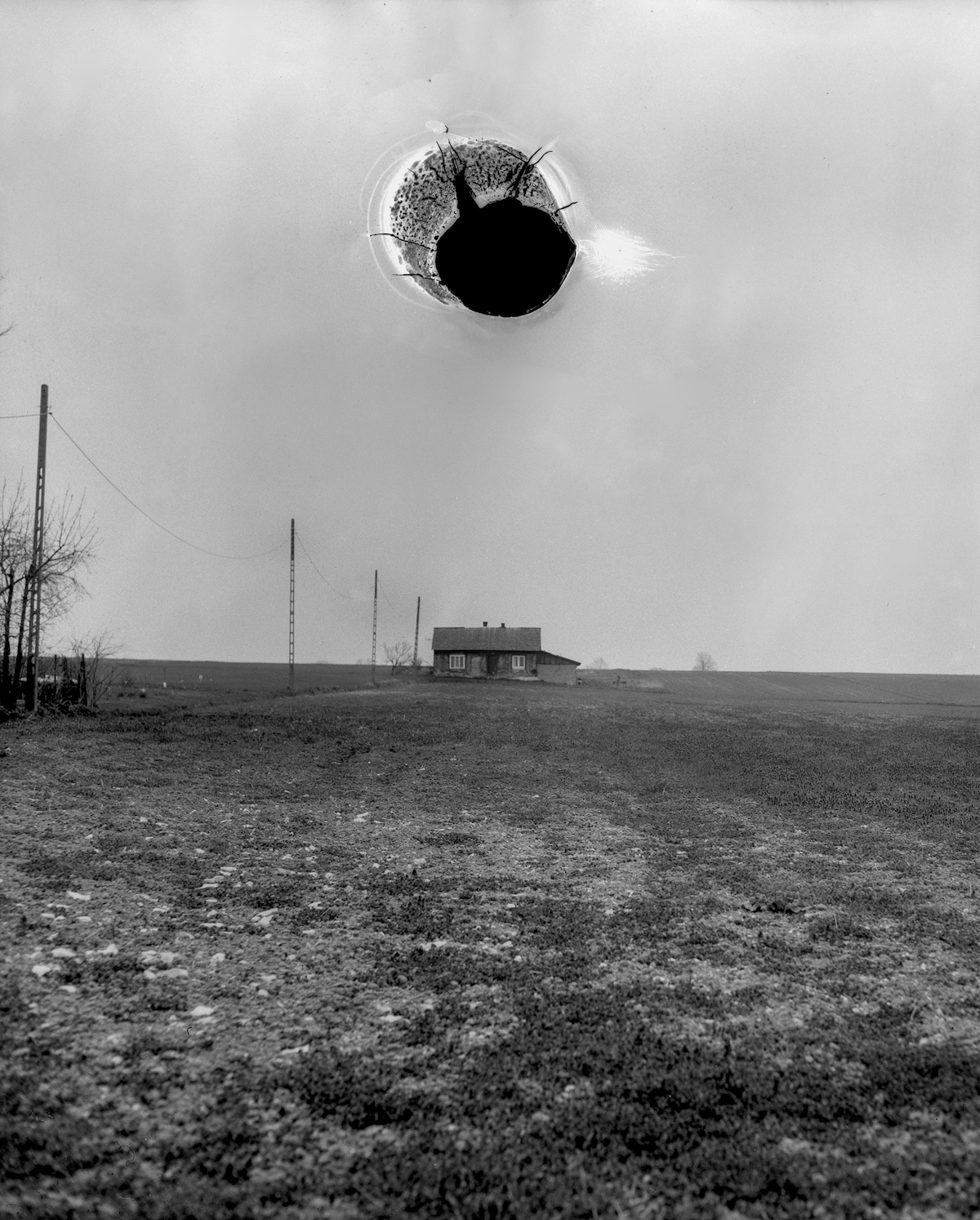
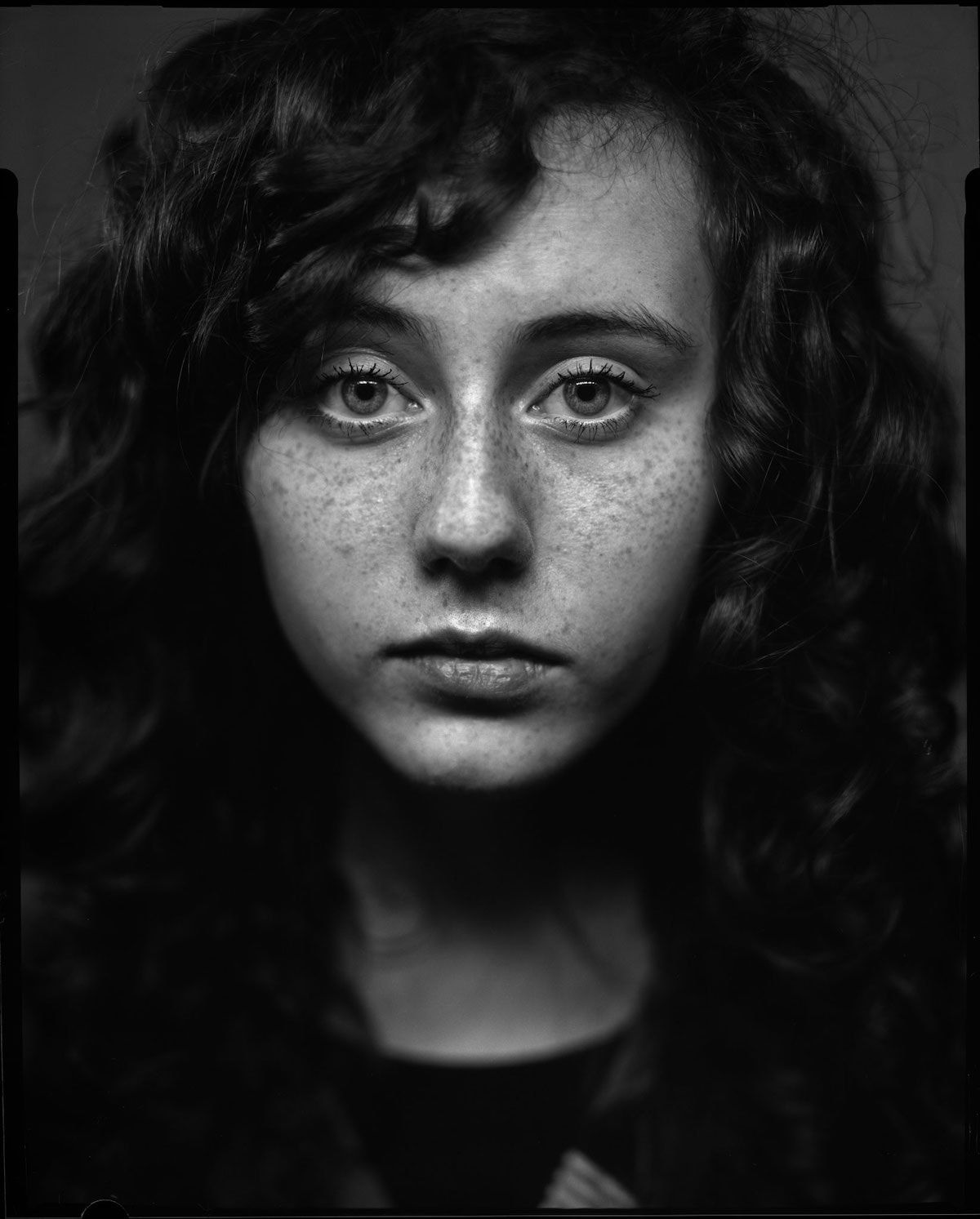
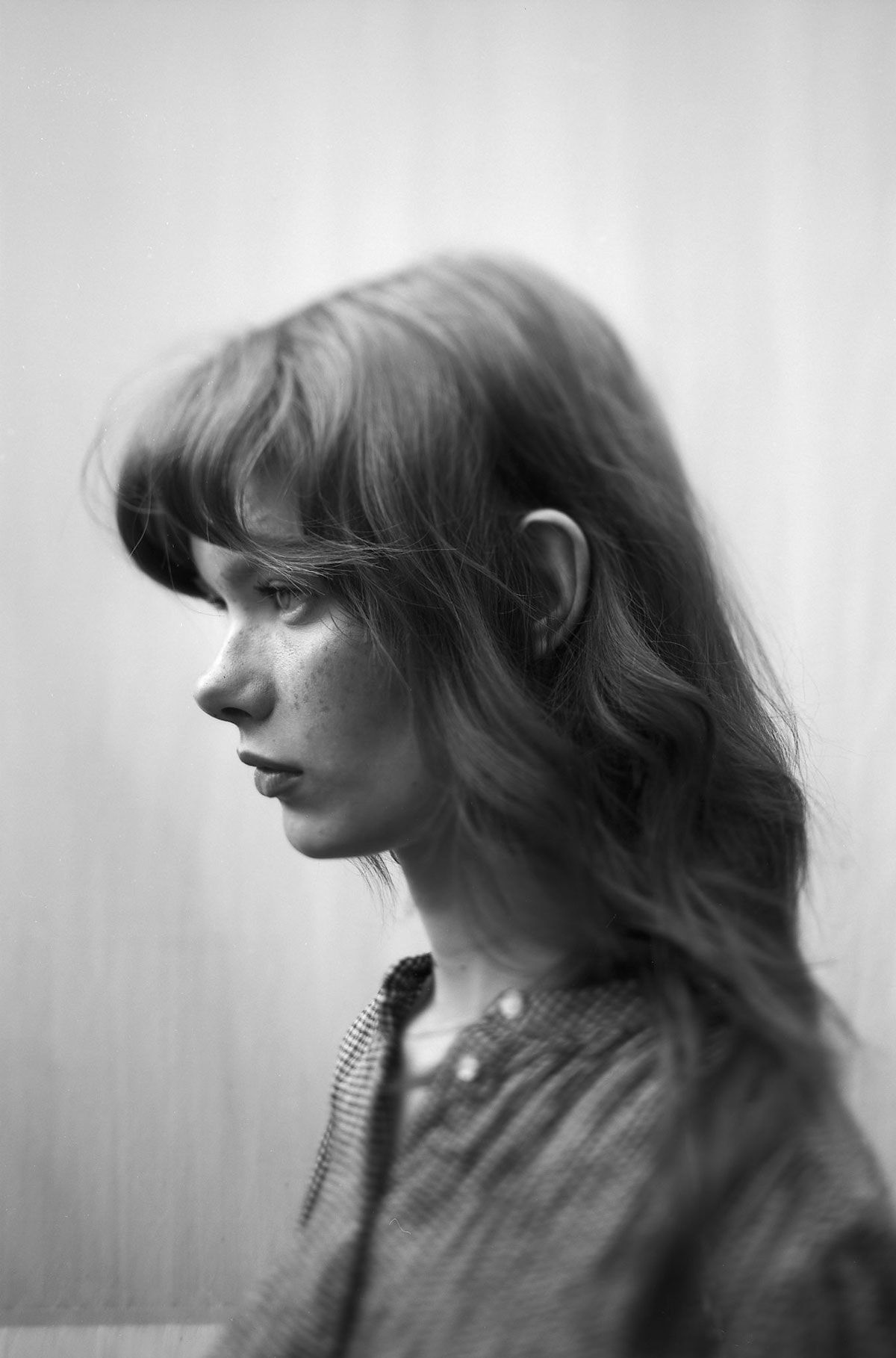
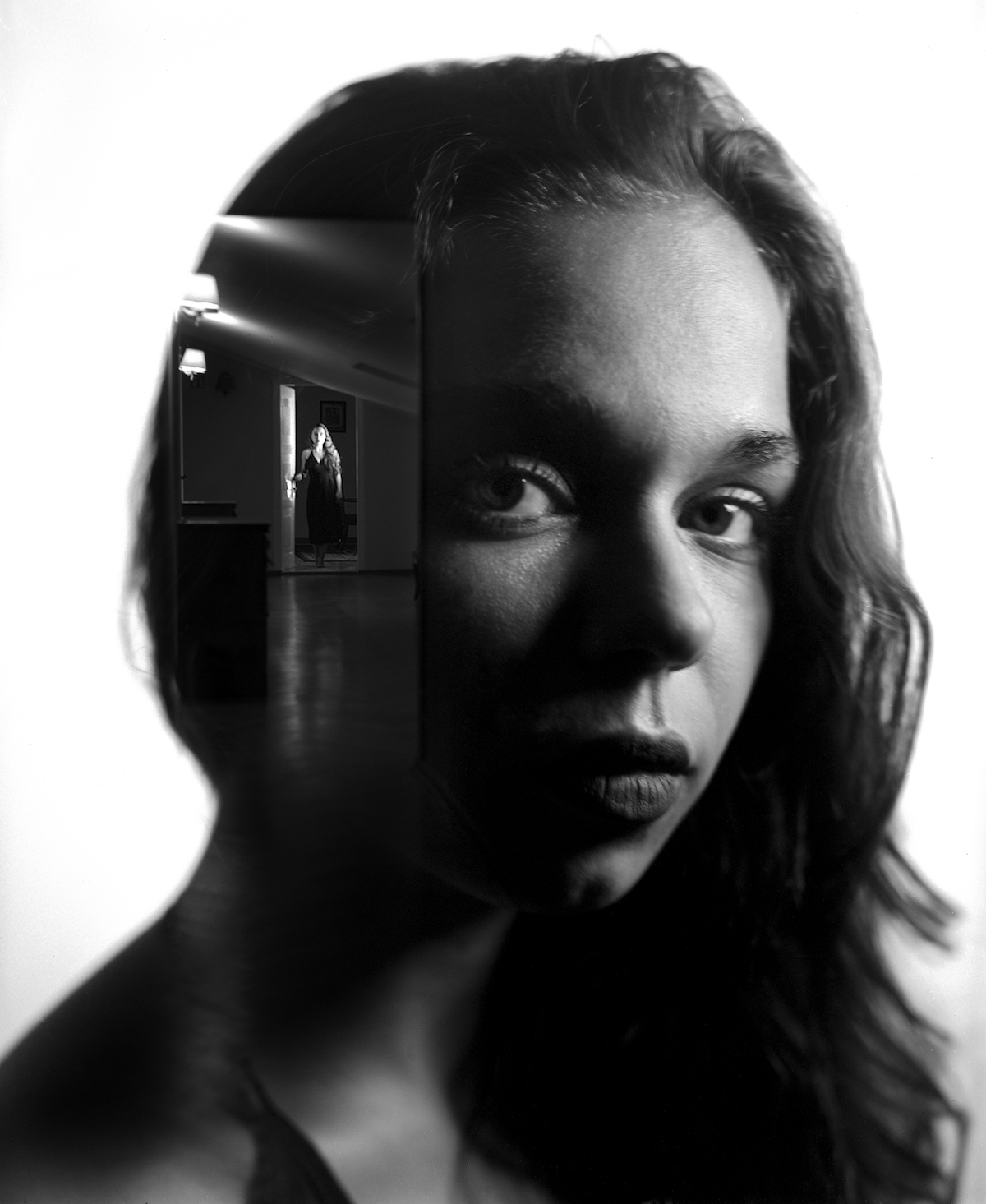
I saw that you are interested in experimental analog photography. Is there any experiment that you particularly enjoyed doing or the result of it?
Yes, I have a strong interest in experimental analog photography. One experiment I particularly enjoyed is multi-exposure. This technique creates surrealistic effects that I love and is an exercise for the imagination. When creating multi-exposures, I often spend years planning, testing, and making attempts to achieve a satisfying image. Developing film is a familiar task for me, but multi-exposure brings back the magic to the process and creates excitement and uncertainty about the final result until the very end.
What is your favourite piece of equipment (camera, film, or other) and why?
I have a strong affection for Minolta cameras. I started my photography journey with one of them and now I have several in my collection. They are reliable, well-made, and easy to repair if needed (I service all my cameras myself), and comfortable to use. However, I also enjoy experimenting with different gear, so I often borrow cameras from friends. I also have a special place in my heart for my 4x5" Cambo camera, as it's the perfect tool for creating multi-exposures.
When it comes to film, I'm a fan of Foma films. People often claim that they are of poor quality, but this is because they don't know how to develop them correctly (not all popular developers are suitable for Foma films). For color photography, I love Agfa films, and I'm always on the lookout for expired ones on the internet. From the currently available stocks, my favorite is Ektar 100, due to its great saturation. I've also developed a fondness for Adox CMS20. This film with its 800 lp/mm resolution, combined with a prime lens, can produce images of comparable quality to those from large format cameras, which is truly amazing.

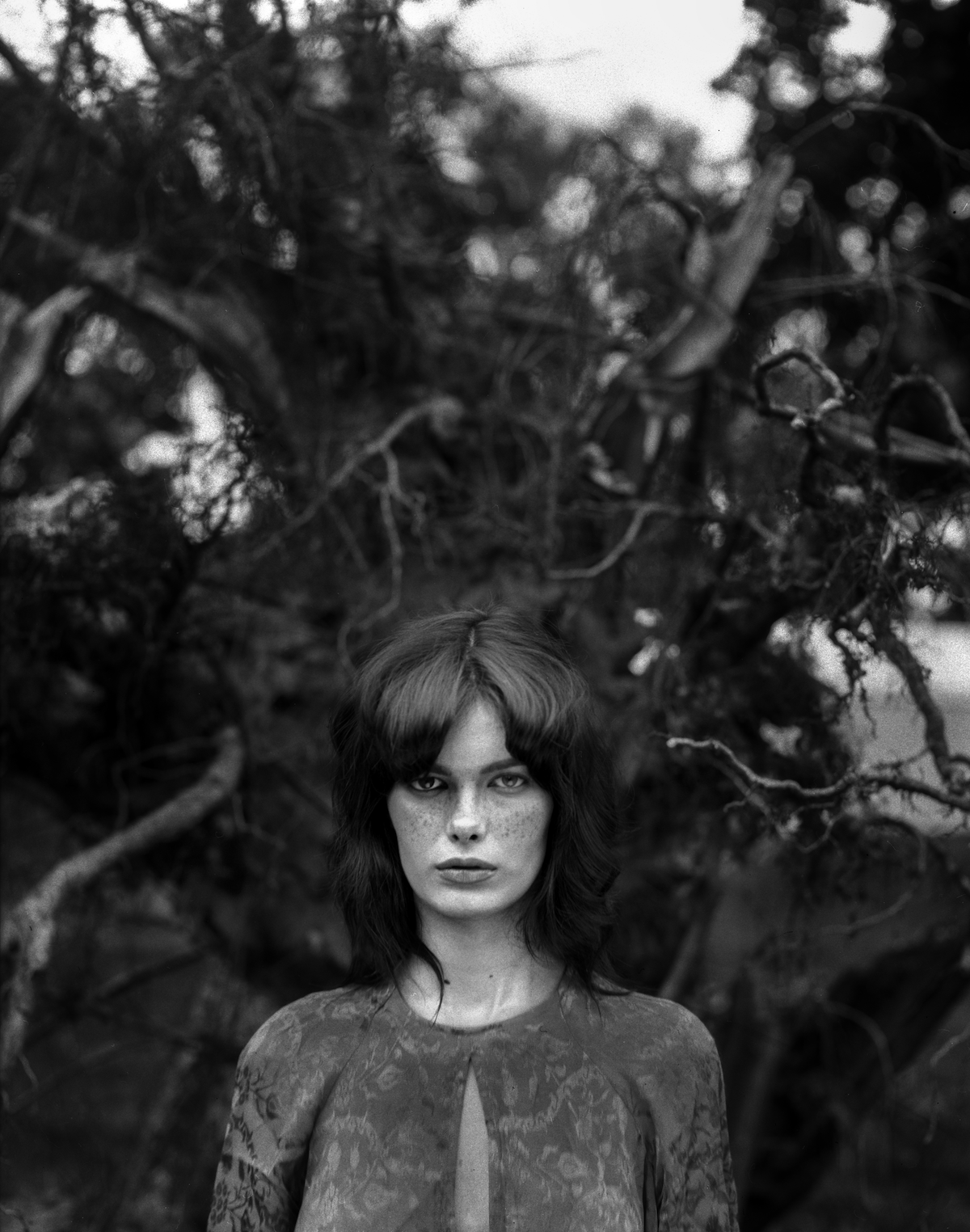
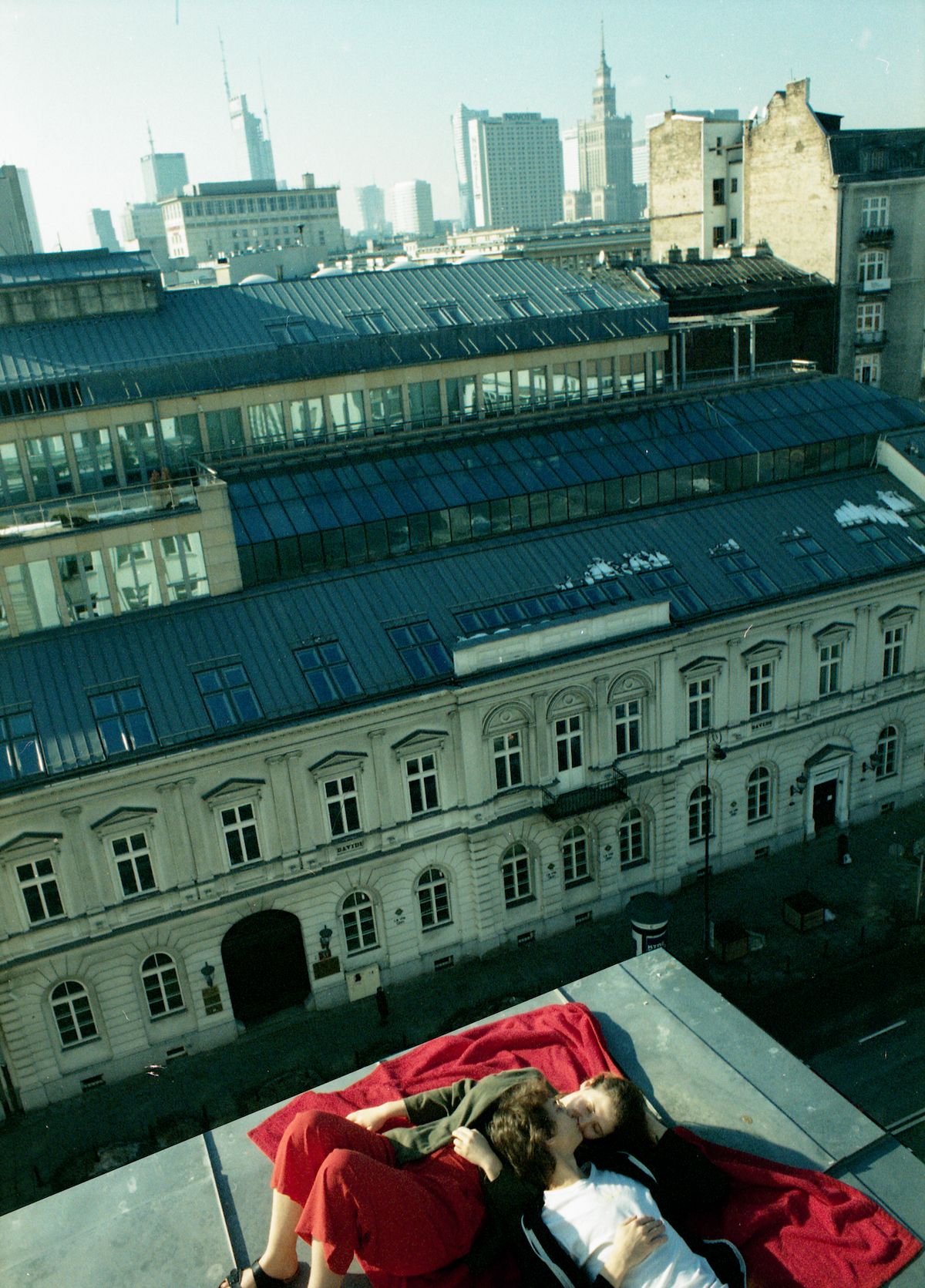
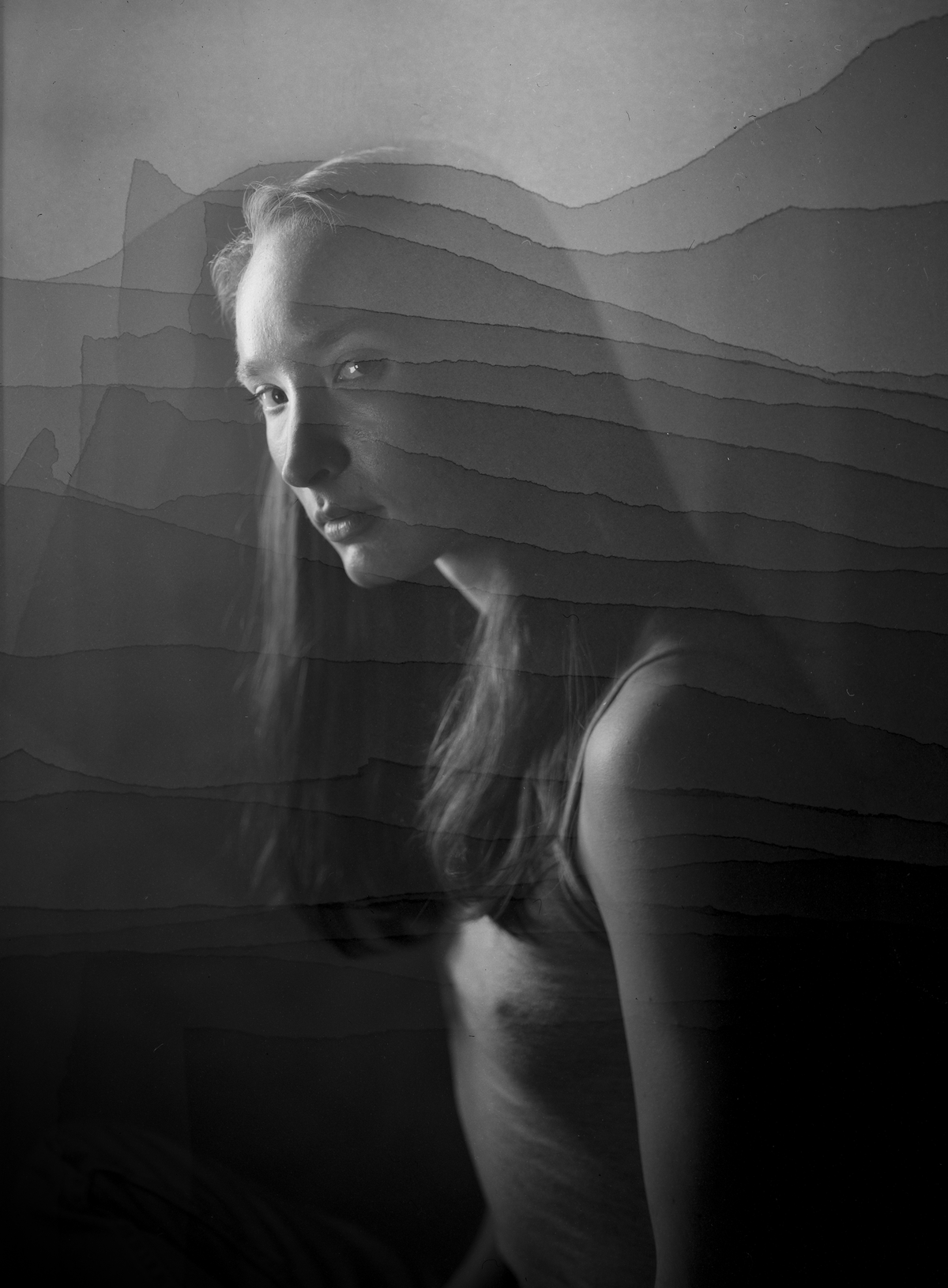
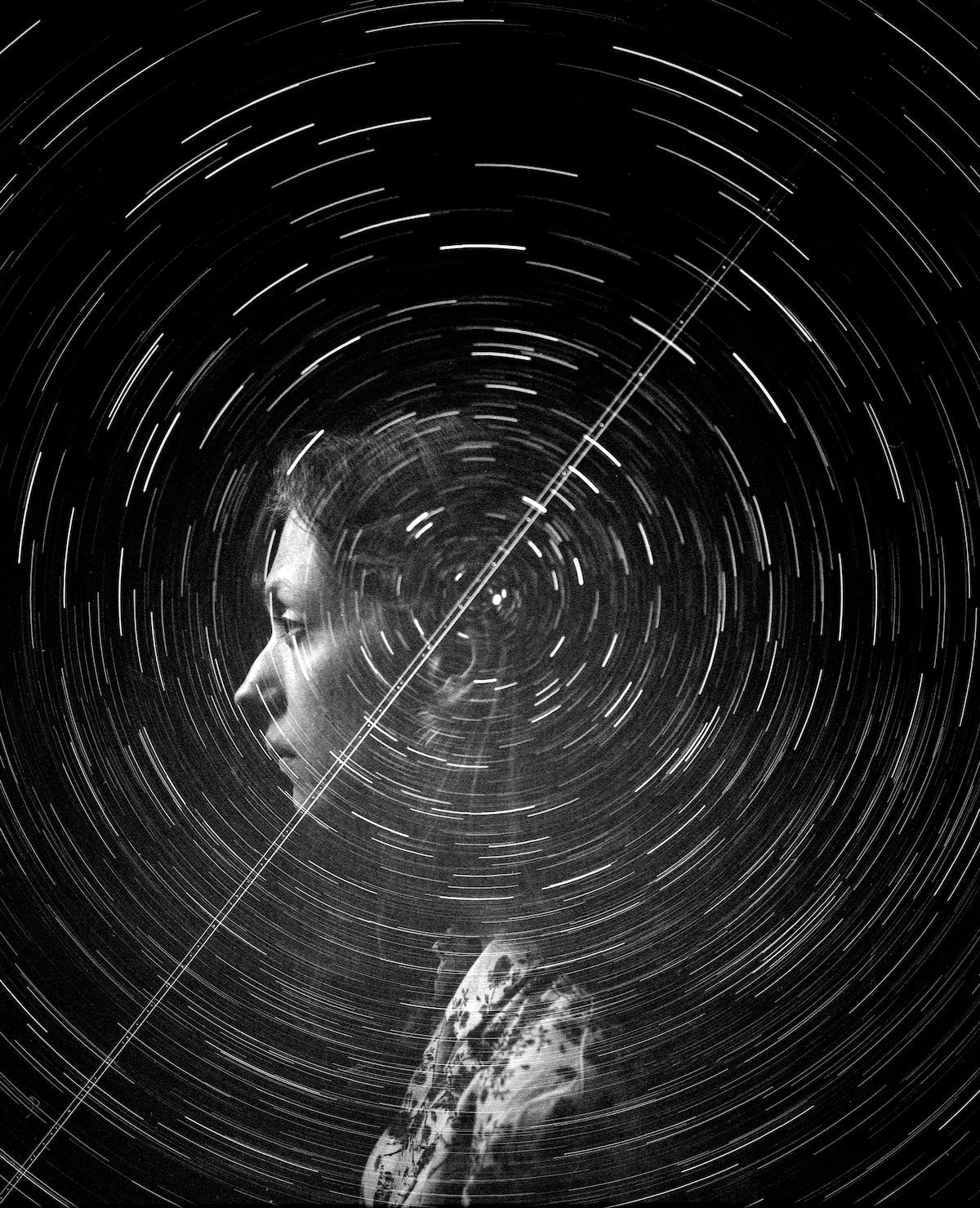
Do you have a tip or technique that other film photographers should try?
Be brave. Don't be afraid of losing a frame, if you sometimes wonder "what will happen if" - just try it. The key to becoming a great film photographer is to be creative and to always be open to trying new things.
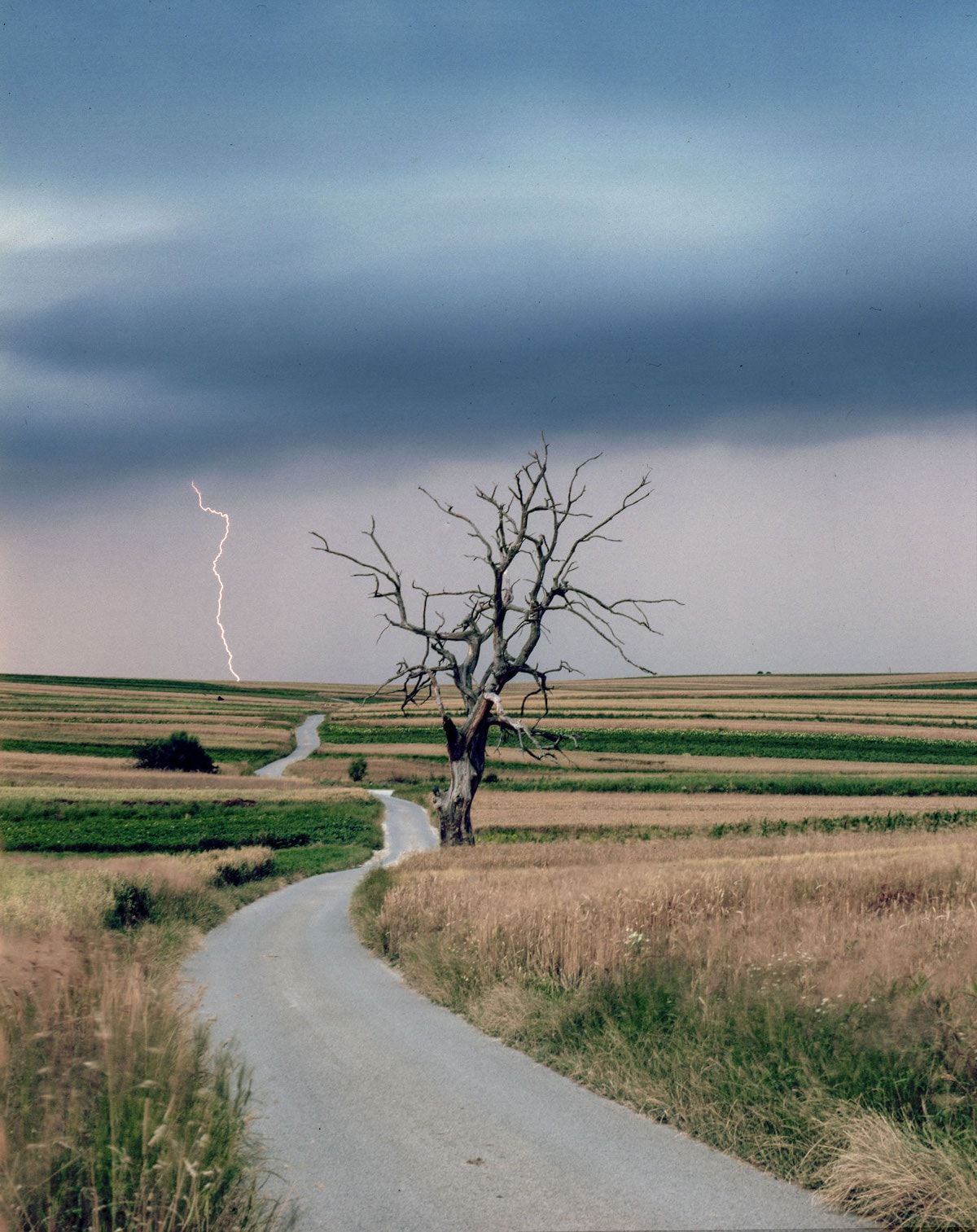
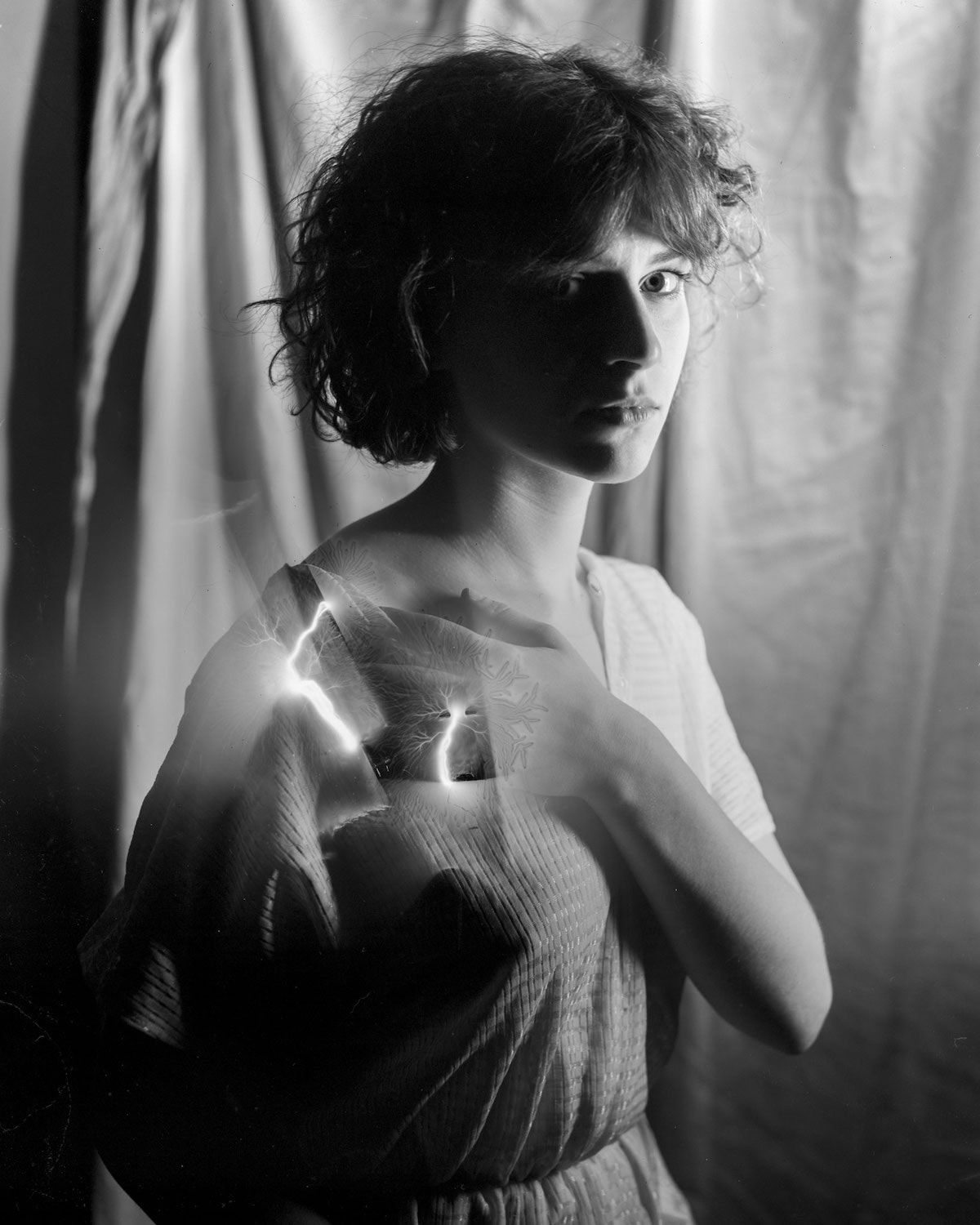
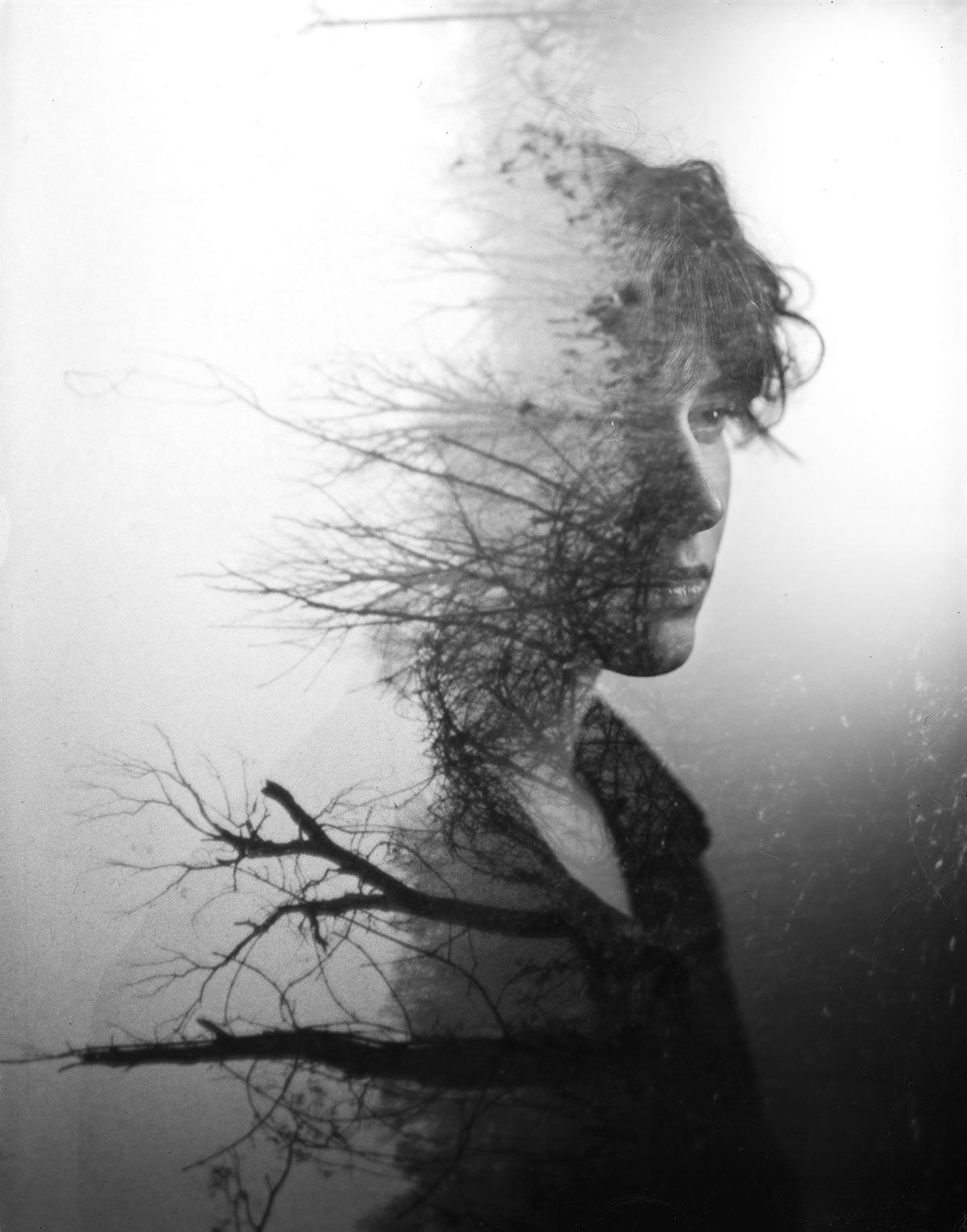
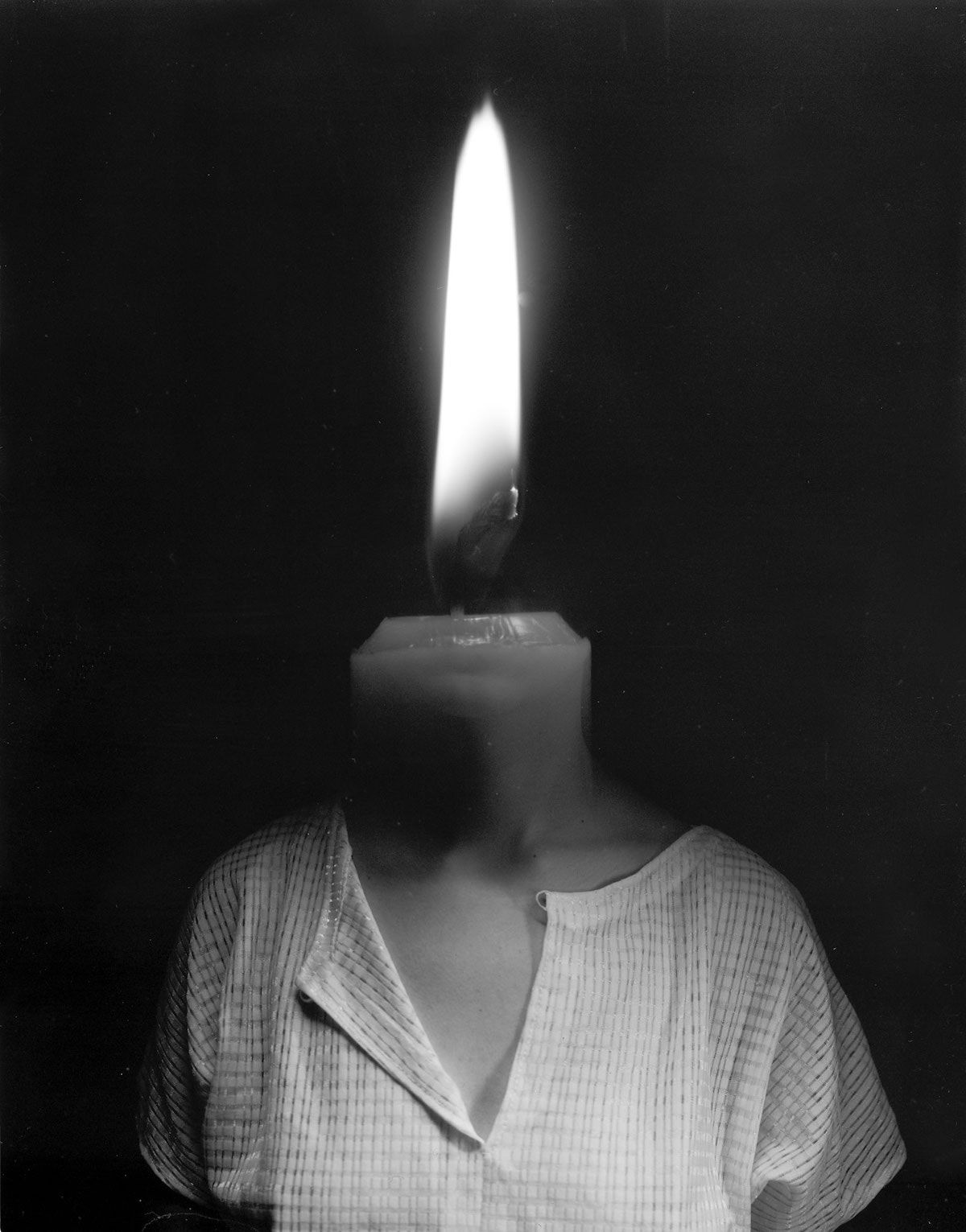

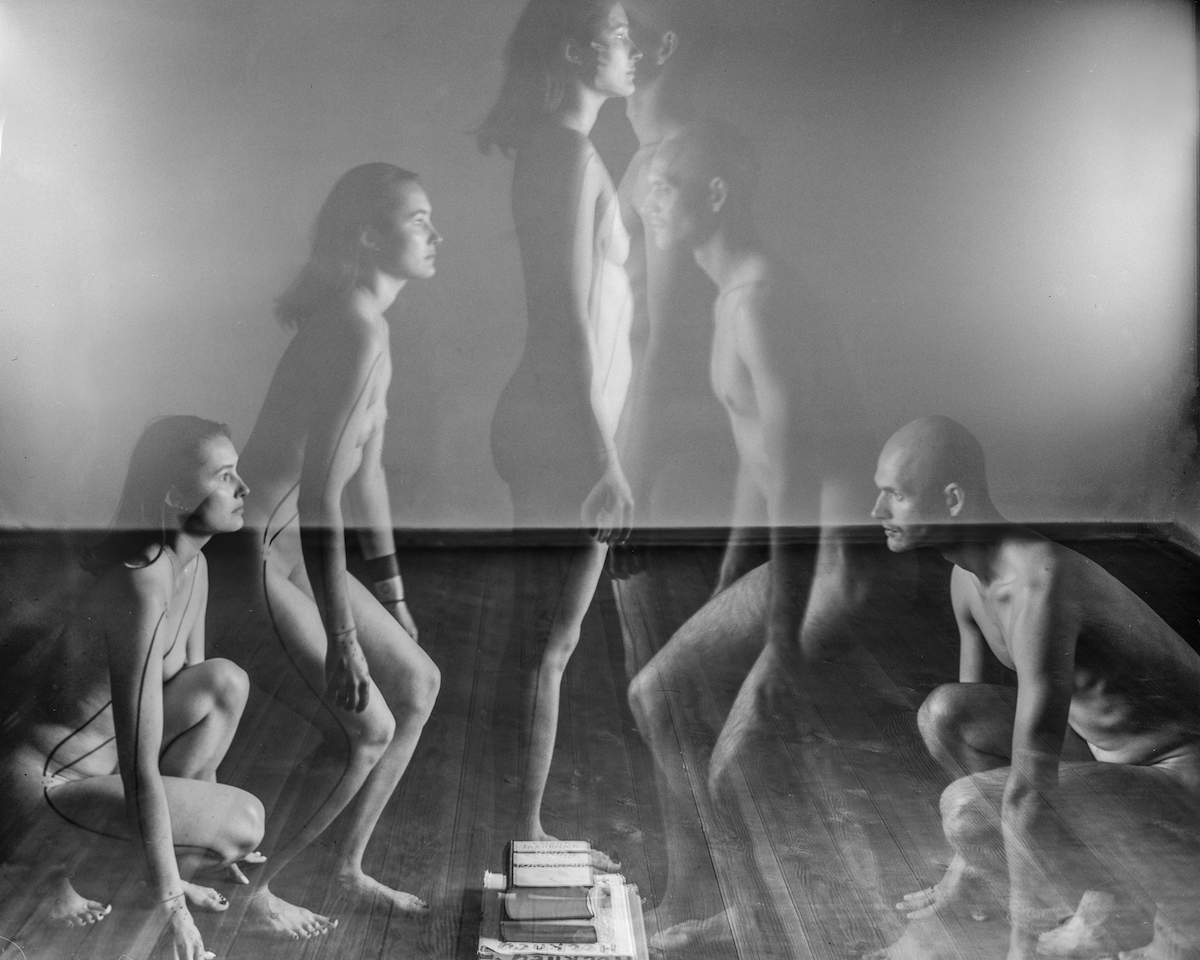
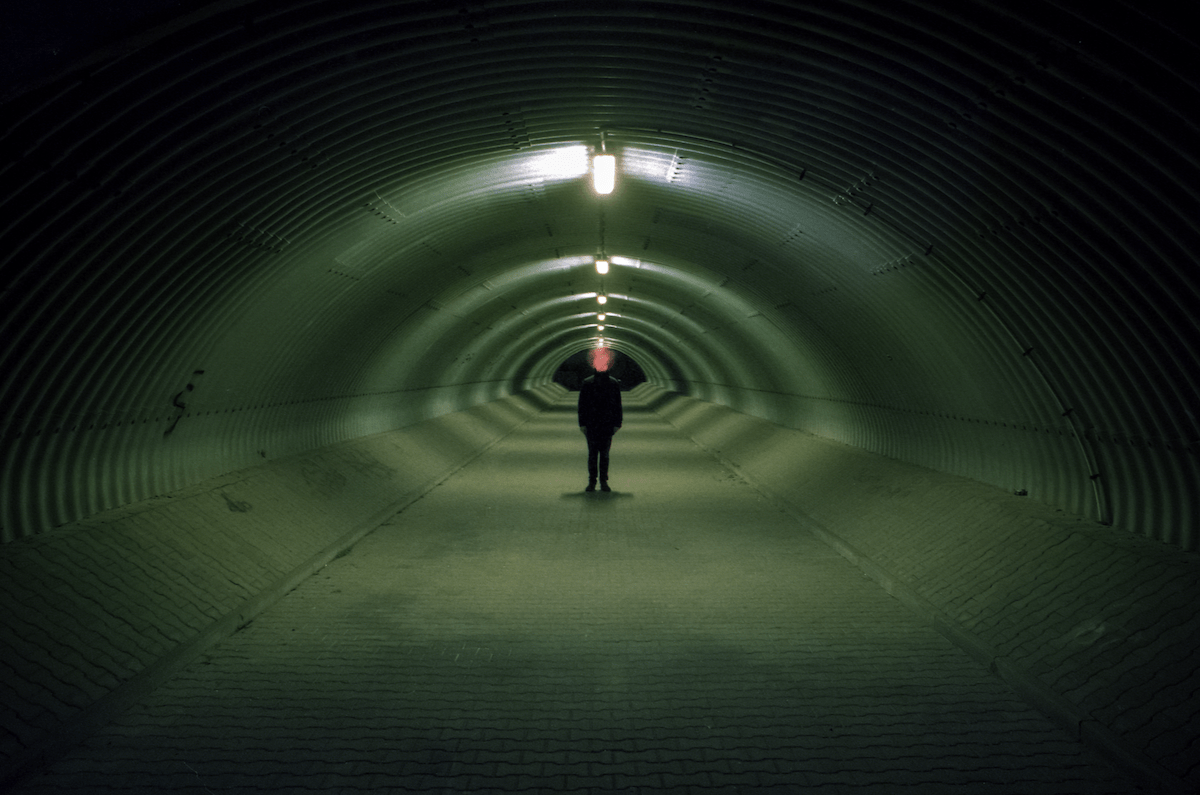
Follow Bogusz Jan Szulc on Instagram.
